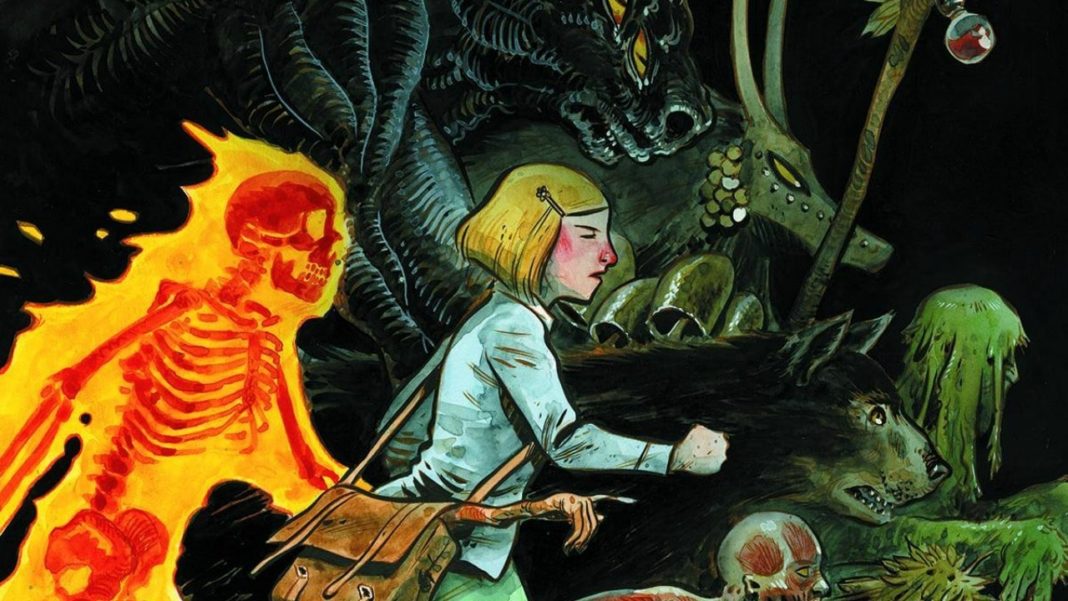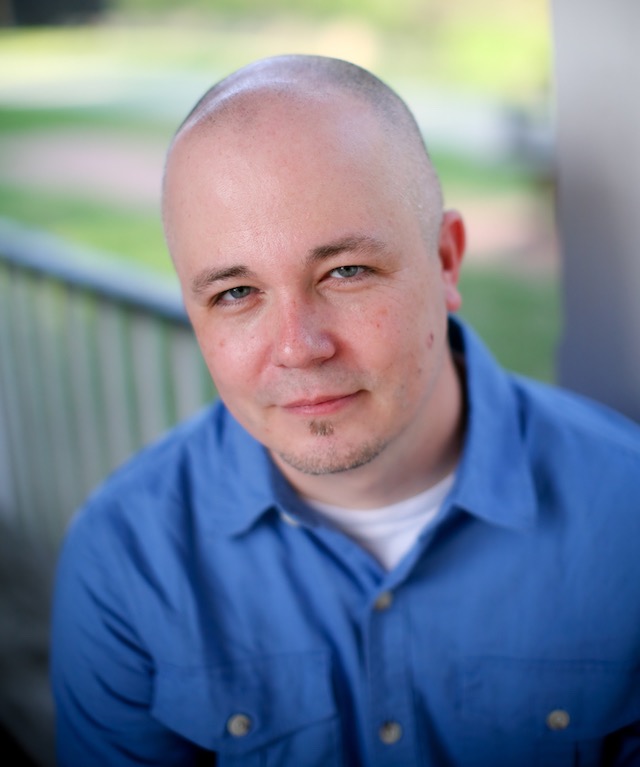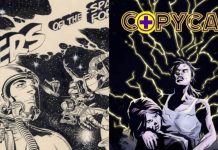Cullen Bunn has had one of the most interesting careers in comics. He has any number of series running at a time and doesn’t tie himself down to one, two, or even three publishers. Currently, he has books at Marvel, Image, Aftershock, BOOM, and Dark Horse, and shows no signs of slowing down. I was excited to ask Bunn about what encourages him to diversify, if the publisher affects the content, and how the projects come together. You can find his answers below.
Featured Image art by Tyler Crook
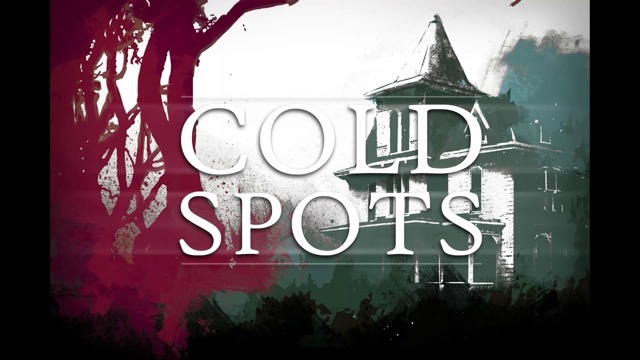
Can you describe how your comics come together? Is there a long pitch process or are you able to get projects up-and-running pretty quickly?
It all depends, really. With some publishers, the process is very streamlined. In some cases, I’ve sold stories based on two or three lines. In others, I’ve written summaries and outlines and even sample scripts. Sometimes, it takes months. Other times, approvals arrive almost immediately. Every situation is different these days. I can tell you this, though—it seems like approvals always come in groups. I’ll be waiting for an answer on a pitch (or two), working on another one, when suddenly they all get greenlit and I’ve got to hit the ground running!
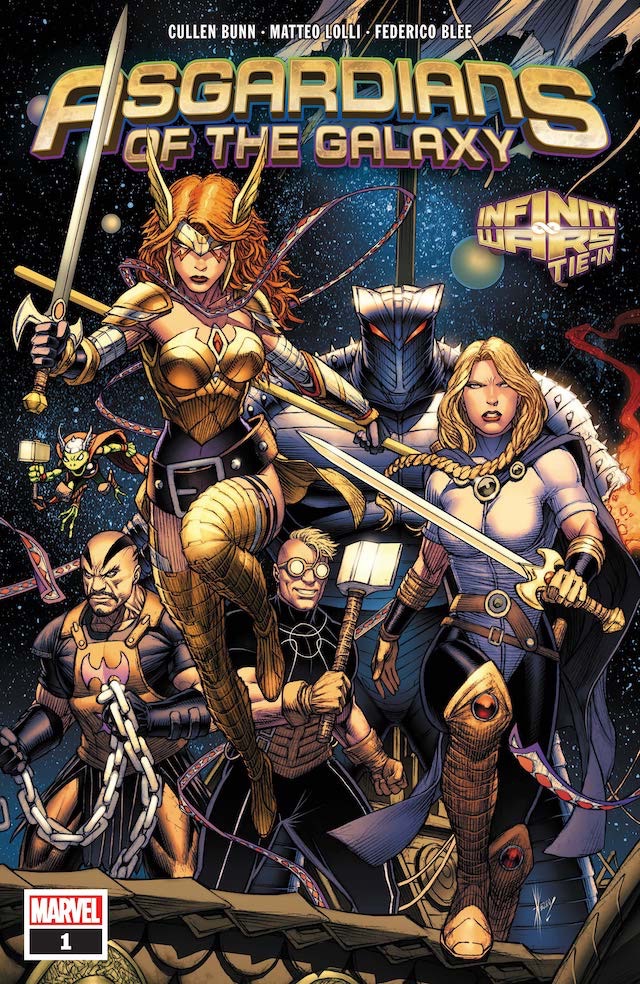
How does that compare to the pitch process of work-for-hire comics?
Well, with work-for-hire comics, the editors usually come to you with the idea that they want you to write a particular character. They may or may not have some guidelines in mind for the story. More often than not, it’s just a blank slate aside from the title character. I put together a rough summary of what I’d like to do with the book and send it in. Usually, they are working on tight deadlines, so notes and/or approvals come in fairly quickly. Then, it’s off to the races!
The few times I’ve pitched an original concept (meaning one I’m sending in out of the blue) for work-for-hire comics, it has taken a little longer for approval. Editors need to find a place that it will fit in the schedule and such. FEARLESS DEFENDERS and ASGARDIANS OF THE GALAXY were, for example, both pitched out of the blue. FEARLESS DEFENDERS took a few months for approval. ASGARDIANS took years.
You’re always making comics for a number of publishers. What appeals to you about diversifying?
I have worked under exclusive contracts, and I’ve found them to be a bit stifling. I am always coming up with new ideas. I don’t like to sit still. And no single publisher can handle all of the stories I want to tell. That’s the appeal of working with multiple publishers for me.
How much does which publisher you’re working with affect the content and tone of the series you’re writing?
Very little, actually. I mean, there might be a publisher who doesn’t print profanity or a publisher who only publishes Young Adult material, but beyond that, most of the publishers who have handled my creator-owned material have been great about letting me be me when it comes to these stories. I don’t feel that I consciously write differently from publisher to publisher.
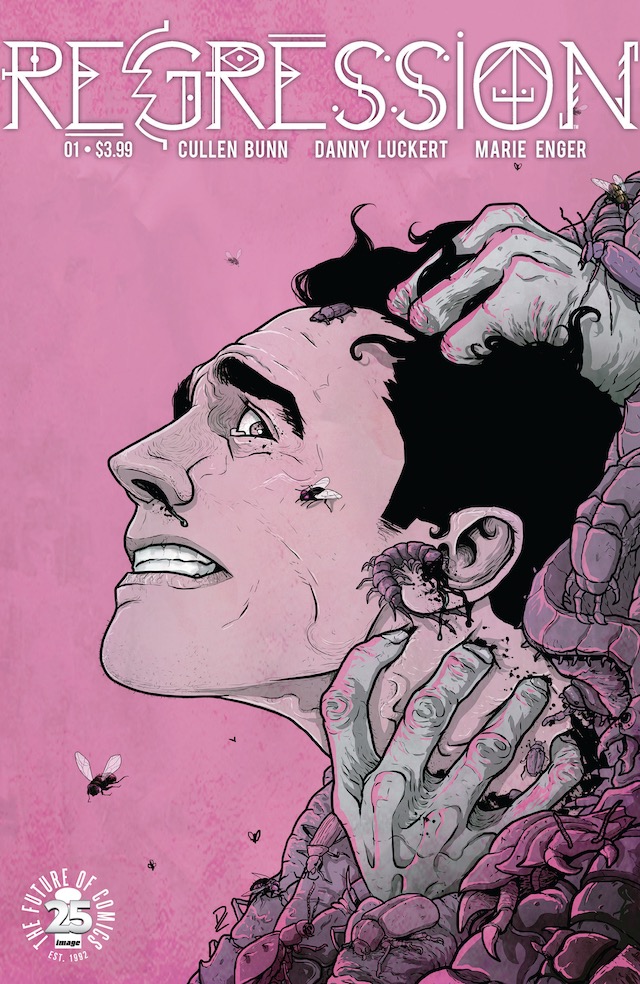
Given how much you diversify, I was surprised to learn that you didn’t create a series at Image Comics until May of 2017. Was anything holding you back?
I’m surprised by that, too! I think the only thing that was holding me back was finding collaborators who were up to the challenge. Working with Image is great, because you have total control, but it also means taking on a lot of risk, because there is no up front money most of the time. A successful book can do very well, but you have to take the chance and produce several issues before you get to that point. I had to find the right partners to embark on that adventure with me.
Now, of course, I want to do many, many more projects with them!
What made you choose REGRESSION to be your first Image title?
Actually, COLD SPOTS was the first project to be approved by Image, but my partner Mark Torres had some other work to complete before he could get to it. I was happy to launch REGRESSION first, though, because it was such a trippy, weird story—something that I hope will leave a bit of a mark.
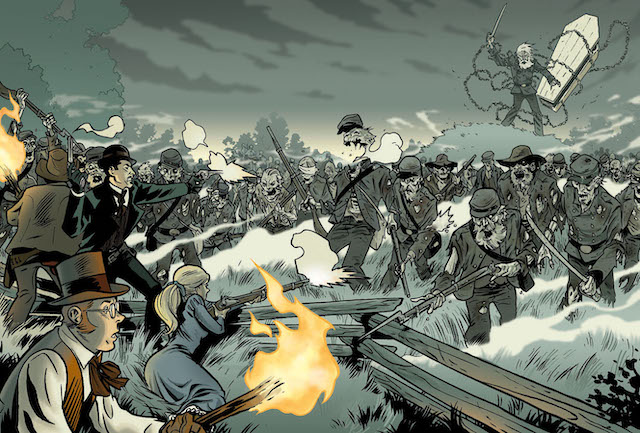
I feel like a lot of your comics work as either limited or ongoing series. How do you decide whether a story you’ve come up with should be contained or would benefit from a higher page count?
I have a sickness. I want EVERY story to be a long, winding, twisted epic. But that’s just not how comic books work these days. So, I pitch everything as a limited series with the potential to become something longer—an ongoing or a series of limited series. Then, it all becomes the domain of sales and readership and availability of my collaborative partners.
How are limited and ongoing series uniquely satisfying as a storyteller?
Every great story has an ending. Even THE SIXTH GUN, which ran for a good long while, I see as a 50-issue limited series. Same with HARROW COUNTY. I think it’s important to have an ending and to work toward that ending. Stories that go on forever, without reaching a strong conclusion, frustrate me greatly.
Since you’ve entered the industry the standard length of an arc or a miniseries has largely shrunk from six to five issues. Does one less issue/chapter affect how you pace a story?
Yes, that impacts the pacing of a story. Then again, the drop from 22 pages to 20 impacted the story, too. I’m not saying that’s a bad thing. Sometimes, it is good to focus on tightening up a story. There are times, of course, especially with, say, an Image book, that I take advantage and write issues a little longer.
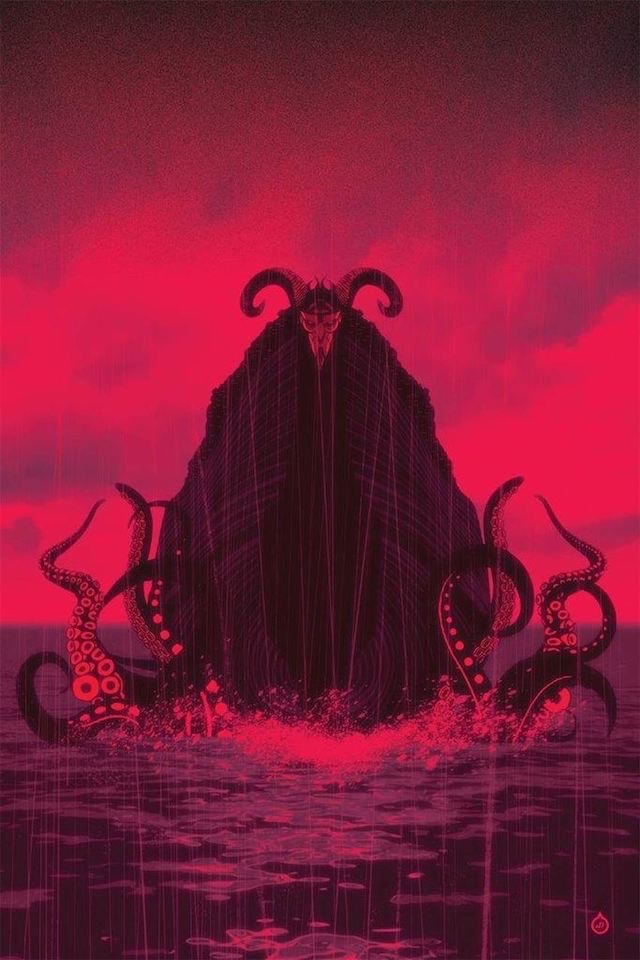
You’re a treasure trove of ideas. I’m not going to ask how you came up with them, since you’ve probably answered that a million time. But I’d love to hear how your ideas gestate over time and develop into full-fledged comics.
A lot of my ideas start as little weird notes to myself in my notebooks. DARK ARK, for instance, sat around as little more than a hastily scrawled note—“Noah’s Ark… but for monsters”—for years. Funny thing is, I never really went back to the notebook to revisit the idea. It stuck in my head, turning over and over, growing, until the time was right to pitch it to a publisher. Many of my ideas are like that. They sit for a long time in the dark recesses of my brain until I decide it’s time to dig them up and do something with them.
Follow Cullen Bunn through his website and on Twitter @cullenbunn and pour through Previews to find all the comics he’s writing.
Matt Chats is an interview series featuring discussions with a creator or player in comics, diving deep into industry, process, and creative topics. Find its author, Matt O’Keefe, on Twitter and Tumblr. Email him with questions, comments, complaints, or whatever else is on your mind at [email protected].


